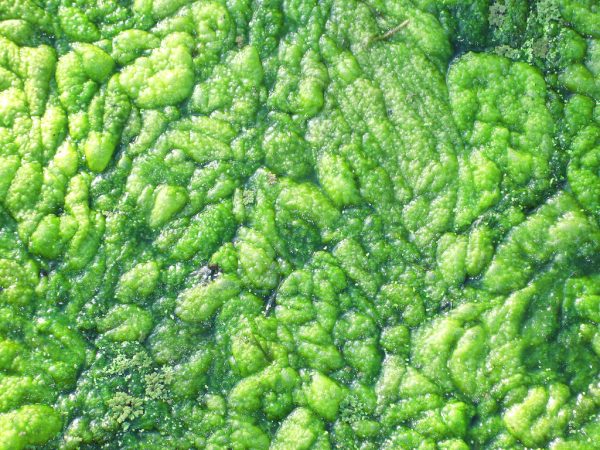As a result of global warming and industrial pollution, the amount of toxic algae blooms popping up around the country has increased in recent years. Just recently we brought you the story of Lake Okeechobee in Florida that has been choked with algae for months, starving aquatic life and ruining recreation.
Now a San Diego company named BLOOM has an answer to the massive amounts of algae in America’s waterways. It’s called BLOOM foam. Not only has the company created a use for something that’s otherwise harmful, it’s producing foam without the use of petrochemicals, yet another bonus.
The efforts of company founder Rob Falken were recently featured in the latest issue of Surfer Magazine, in which Falken describes the process relatively simply.
RELATED: Massive Fish Die Off Raises Questions About Pollution
A truck pulls up to an algae-infected waterway and pumps the water and algae into a tank where the algae is filtered out and the water returned. Then the algae is taken to a facility where it’s processed into pellets that are “polymerized and made into flexible foams,” according to the article.
If that sounds overly simplistic, it’s probably because Falken doesn’t want to reveal exactly how the process works since BLOOM is the first one to market with the technology.
“Nobody else has the capability to process the blue-green algae [the particular kind of algae—technically a cyanobacteria—prone to toxic blooms] and turn it into a useful material,” Falken told Surfer Magazine. “There are other groups that can break down the algae, but with negative impacts for the lake. We can turn the algae into a commercial benefit from a sustainable product.”
Applications were the foam created from the algae have already been used in surf board traction pads, yoga mats and athletic shoes, to name a few. Kelly Slater is on board as well as a user and advocate, and they are already inking deals with surf board companies.
In addition, the anti-microbial properties of the algae extend to the finished product, making them effective to inhibiting odor-causing bacteria and pathogens like E. coli, an application you can imagine with yoga mats might be helpful.
As far as we can see it, this product is a win-win-win, and it just might clean up those nasty green waterways that have caused so many die-offs. Admittedly though, it would take a lot of foam pads.
Photo credit: Flickr








